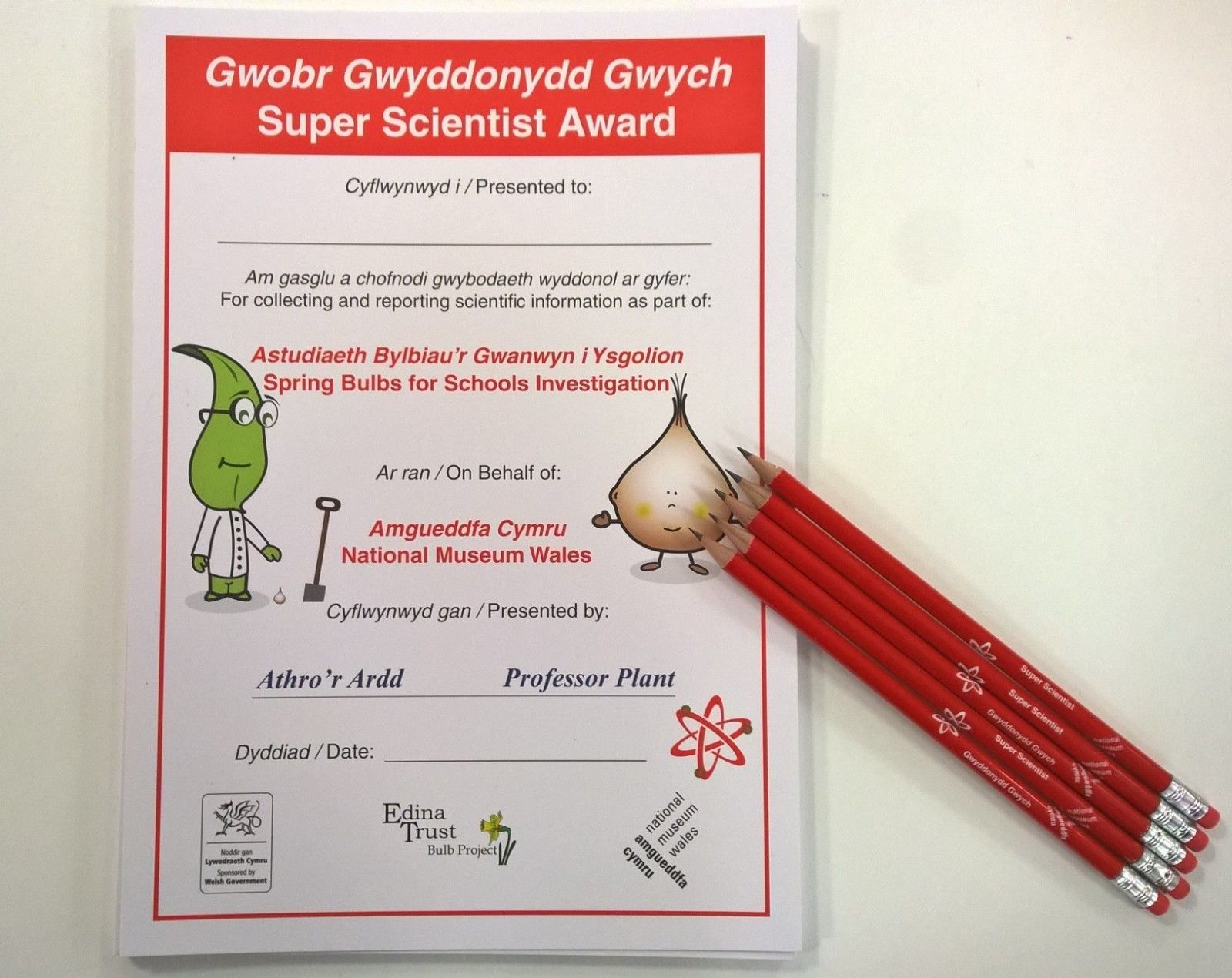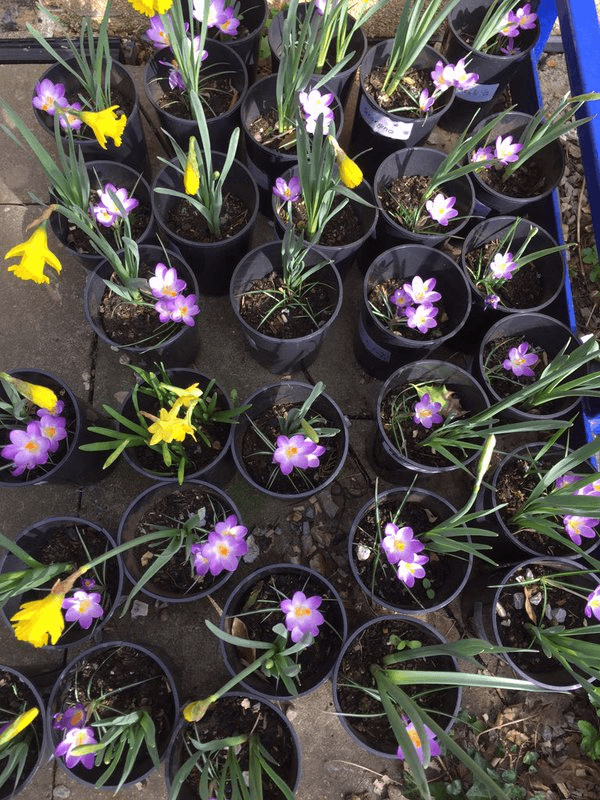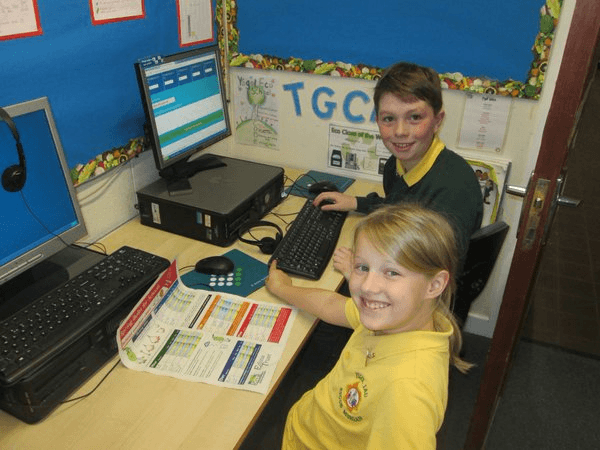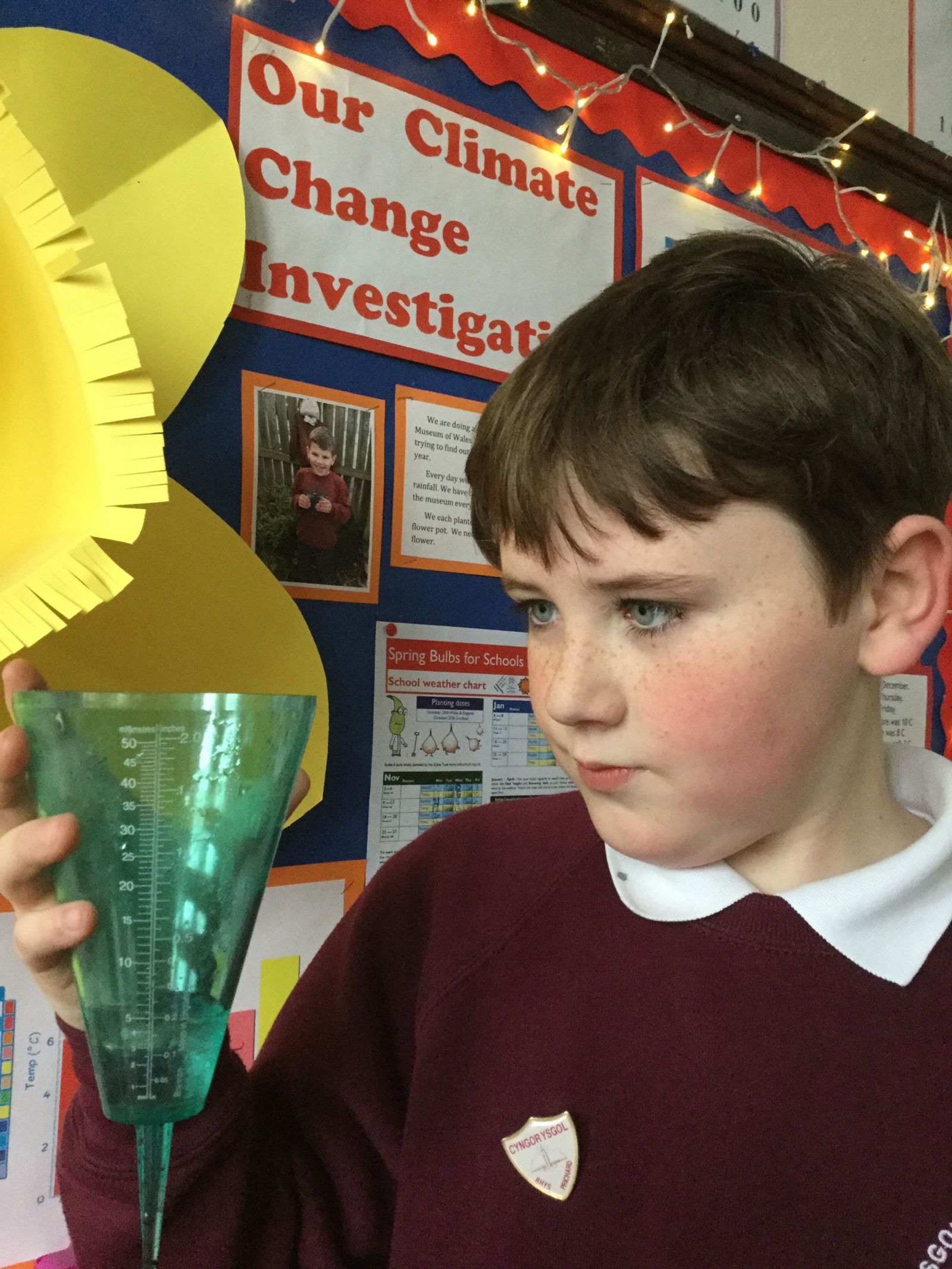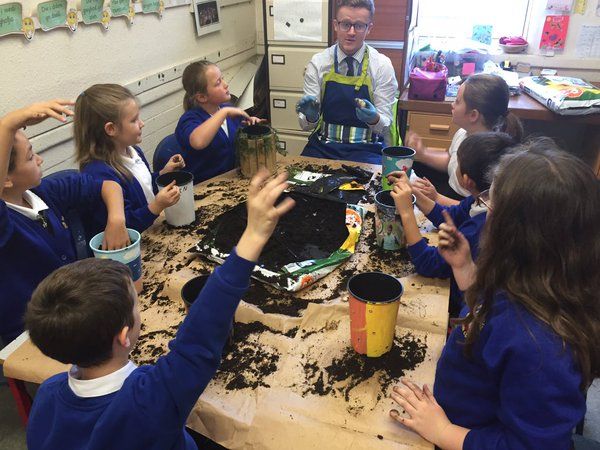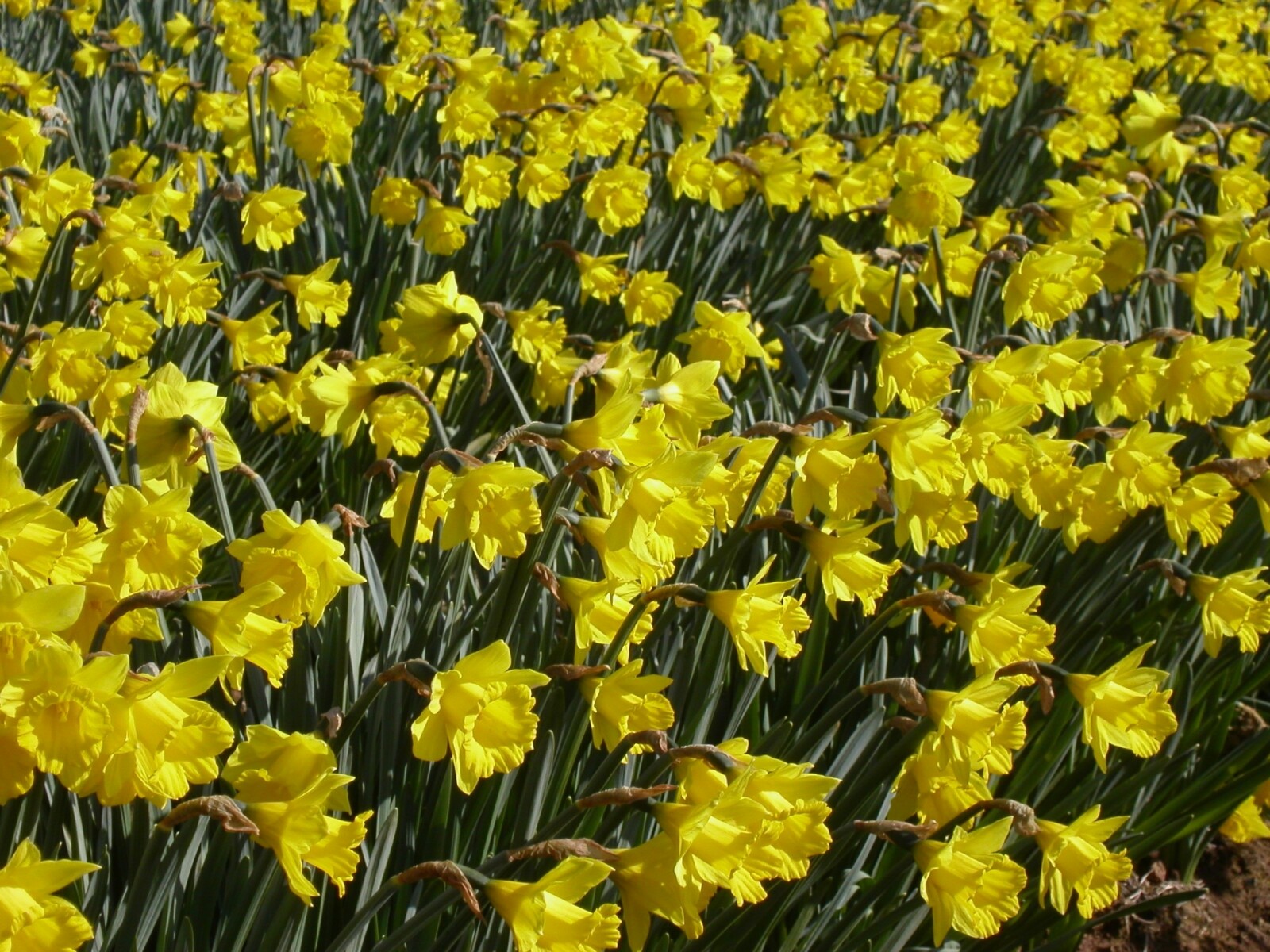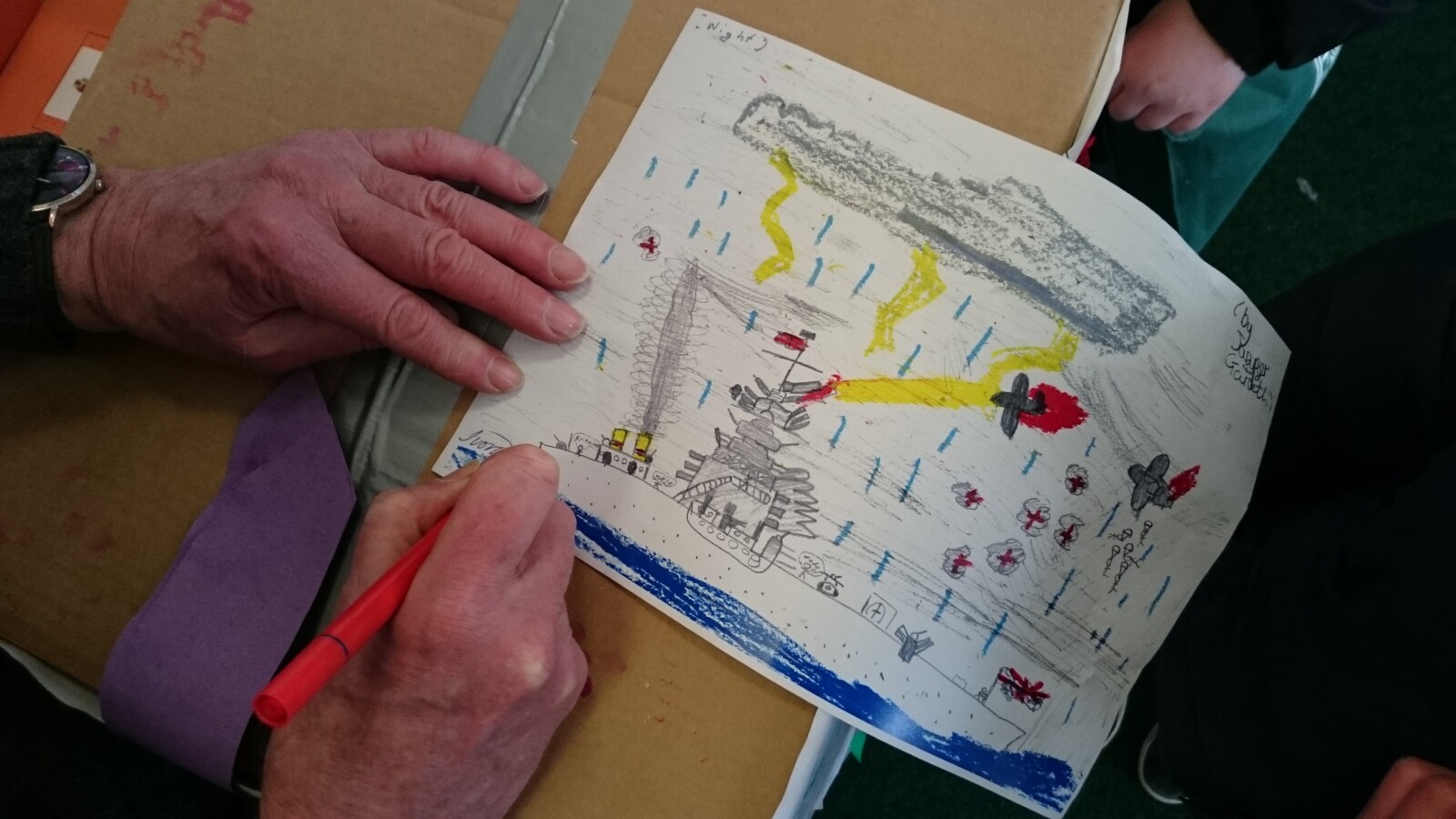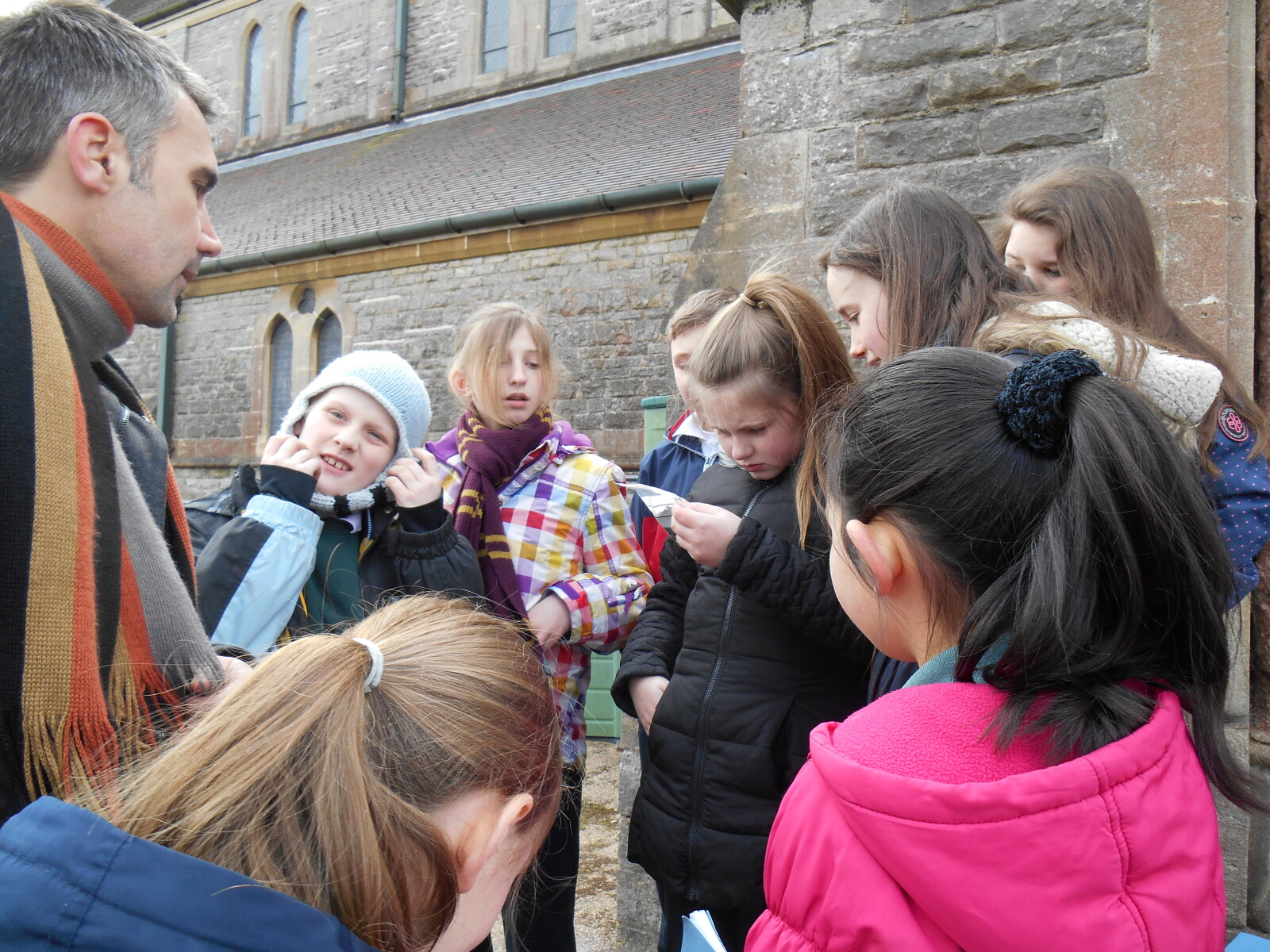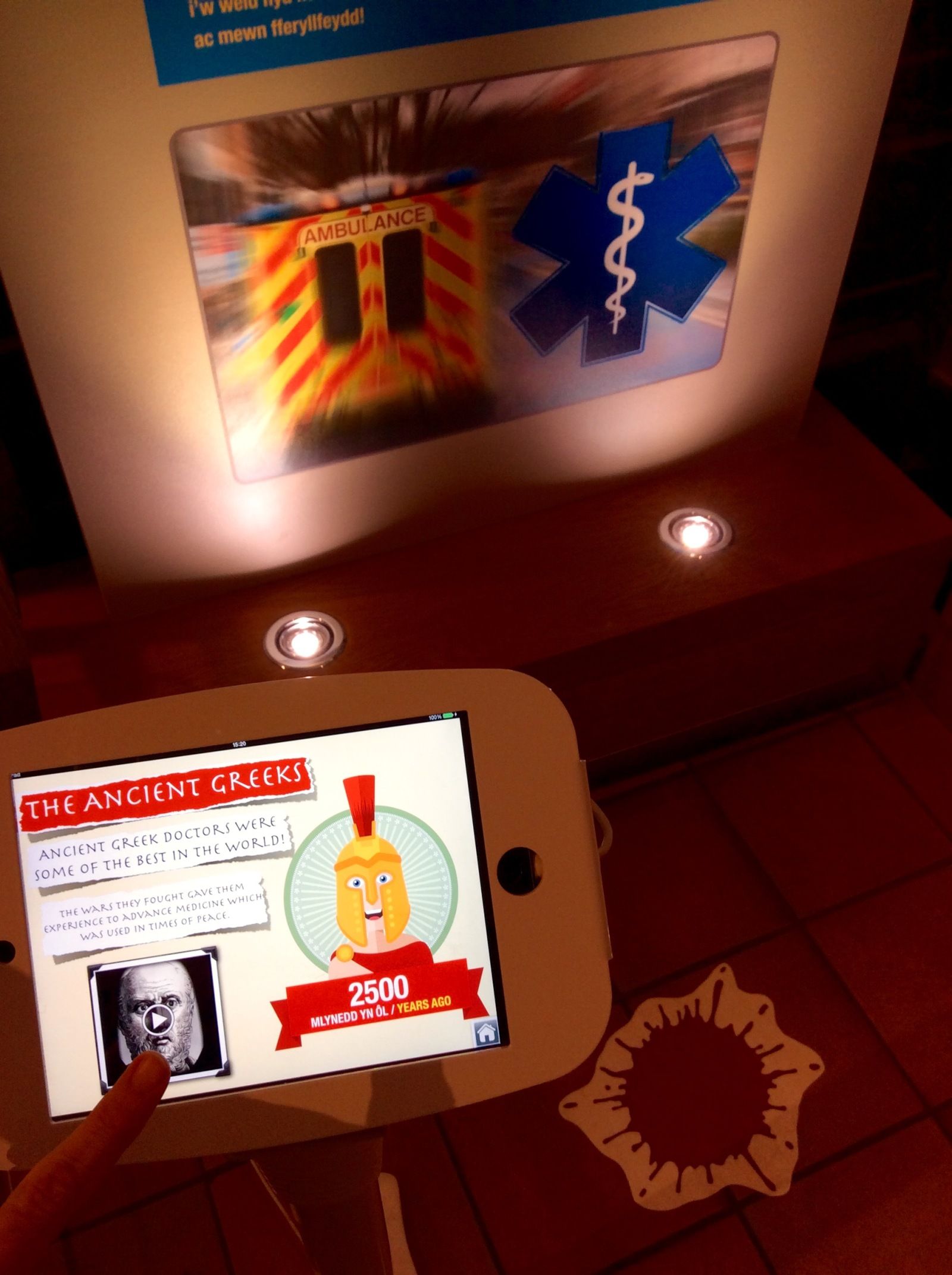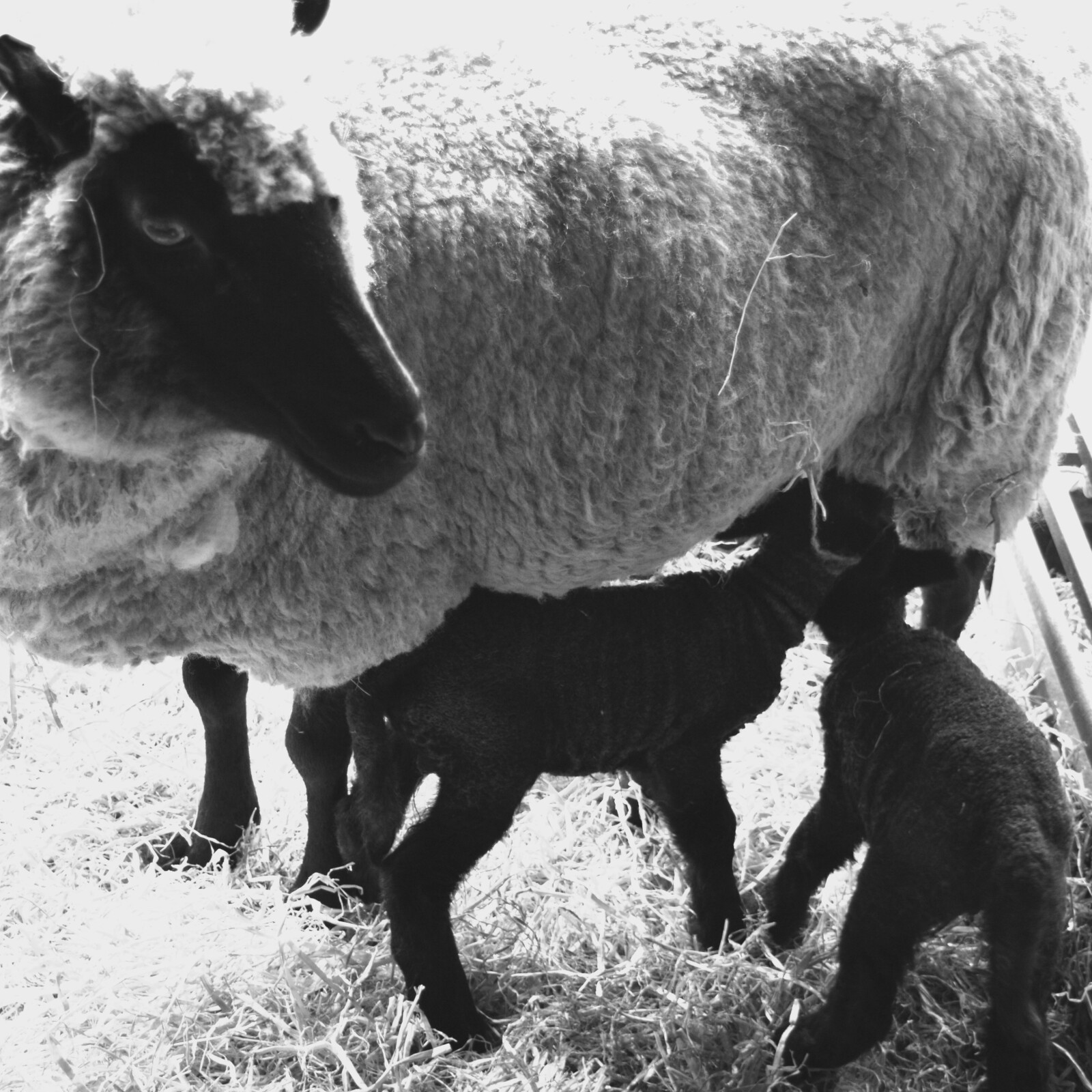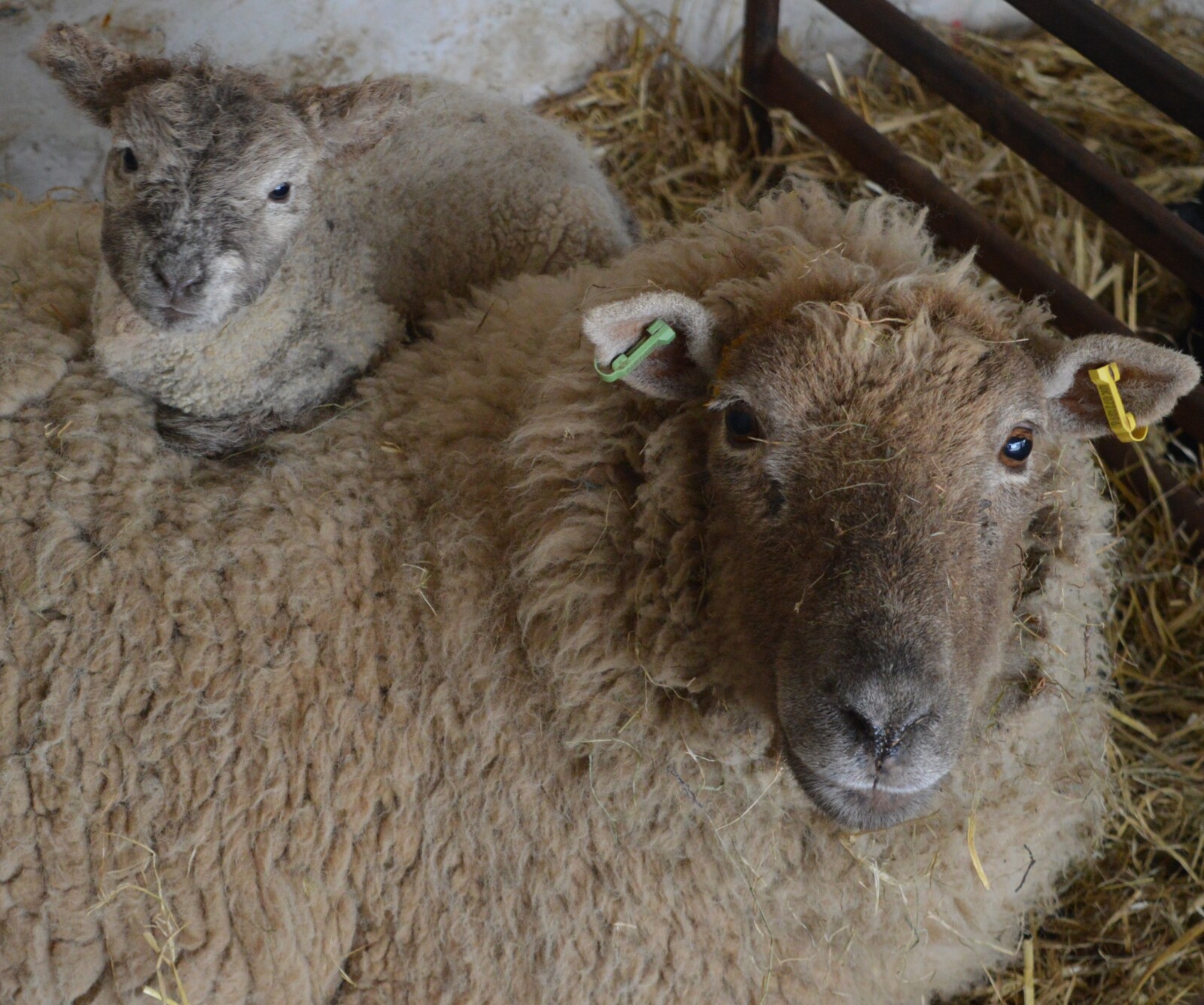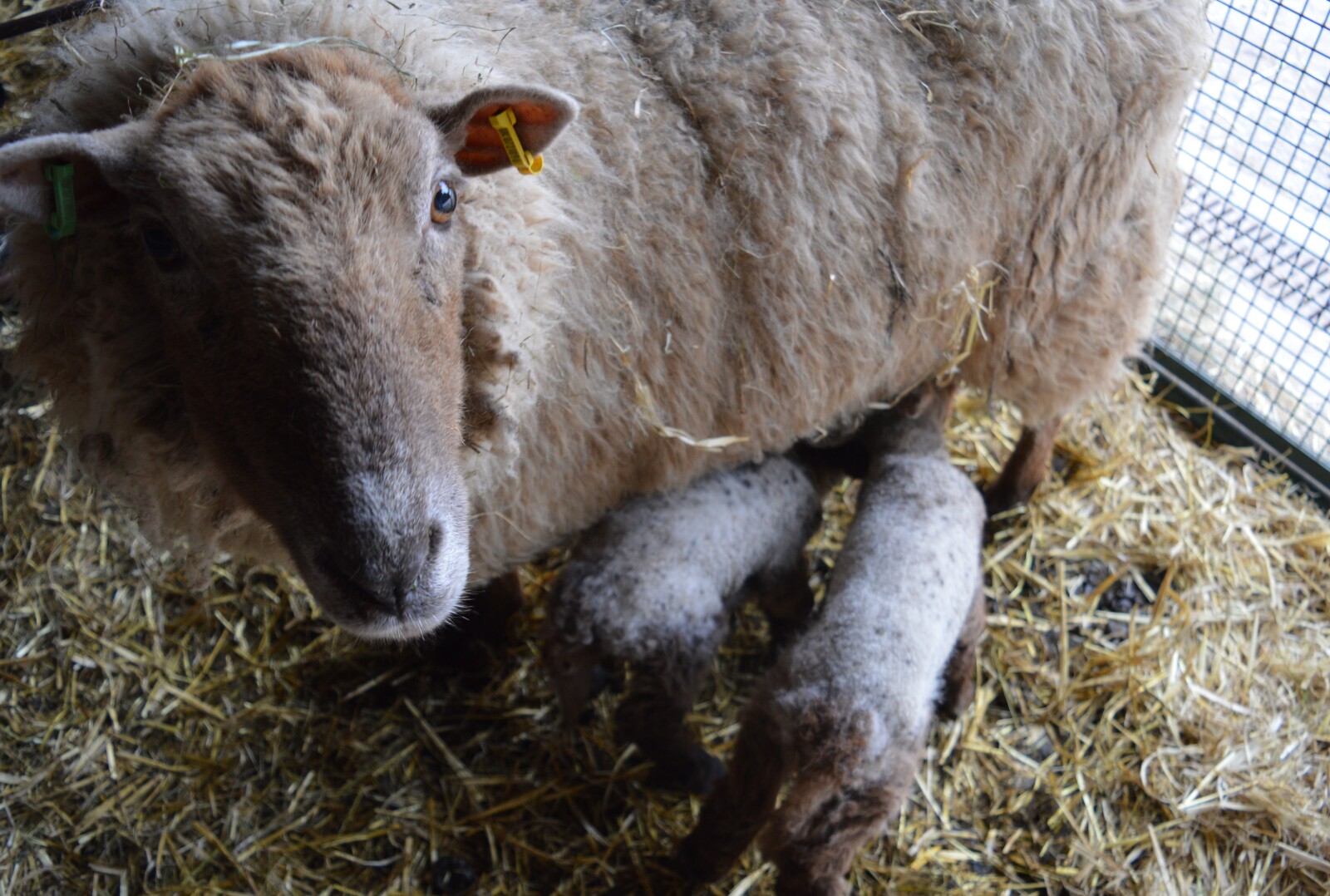Super Scientist Awards 2016
, 4 May 2016
One hundred and forty schools across the UK are to be awarded Super Scientist Certificates on behalf of Amgueddfa Cymru - National Museum Wales in recognition for their contribution to the Spring Bulbs - Climate Change Investigation.
Huge Congratulations to all these schools!
A big ‘thank you’ to every one of the 4,907 pupils who helped this year! Thank you for working so hard planting, observing, measuring and recording - you really are Super Scientists! Each one of you will receive a certificate and Super Scientist pencil, these will be sent to your school by mid-May.
Many thanks to the Edina Trust for funding this project.
Super Scientist Winners 2016
Each will receive a class trip of fun-packed nature activities.
Ysgol Pentrefoelas - Wales
Biggar Primary - Scotland
Carnforth Primary - England
Runner's up:
Ysgol Nant y Coed - Wales
Severn Primary - Wales
Abbey Primary School - Scotland
St. John the Baptist Primary School – Scotland
St. Nicholas' Primary School - England
The Blessed Sacrament Catholic Primary School - England
Highly commended schools:
|
Alexander Peden Primary School |
|
Allensbank Primary School |
|
Arkholme C of E Primary School |
|
Asmall Primary School |
|
Bacup Thorn Primary School |
|
Barsail Primary School |
|
Bent Primary School |
|
Betws Primary |
|
Bickerstaffe CE Primary School |
|
Blackwood Primary School |
|
Braidwood Primary School |
|
Breckon Hill Primary School |
|
Broad Haven Primary School |
|
Burnside Primary School |
|
Calderwood Primary School |
|
Castlepark Primary School |
|
Chapelton Primary School |
|
Coedpenmaen Primary School |
|
Coppull Parish CE Primary School |
|
Darran Park primary |
|
Drumpark Primary ASN School |
|
Dykesmains Primary School |
|
East Fulton Primary School |
|
Glebe Primary School |
|
Glengowan Primary School |
|
Grange Primary School |
|
Hay on Wye Primary School |
|
Henllys Church in Wales Primary School |
|
High Mill Primary School |
|
Hudson Road Primary School |
|
John Cross CE Primary School |
|
Kelly Street Children's Centre |
|
Lanark Primary School |
|
Law Primary School |
|
Llangors Primary School |
|
Llanharan Primary School |
|
Loch Primary School |
|
Lynnfield Primary School |
|
Maesycoed Primary School |
|
Mellor Saint Mary CE Primary School |
|
Milton of Balgonie Primary School |
|
Murray Primary School |
|
Nantymoel Primary |
|
Netherburn Primary School |
|
Newmains Primary School |
|
Newport Primary School |
|
Our Lady of Peace Primary School |
|
Pirnmill Primary School |
|
Rougemont Junior School |
|
Silverdale St. John's CE Primary School |
|
St. Charles Primary School |
|
St. Cuthberts RC Primary School |
|
St. Joseph's Primary School |
|
St. Paul's CIW Primary School |
|
St. Peter's Catholic Primary School |
|
St. Robert's Catholic Primary |
|
Staining C of E Voluntary Controlled Primary School |
|
Stanford-in-the-Vale Primary School |
|
Stonehouse Primary School |
|
Trellech Primary |
|
Underbank Primary School |
|
Ward Jackson Church of England Primary School |
|
Wormit Primary School |
|
Ysbyty Ifan |
|
Ysgol Bro Tawe |
|
Ysgol Deganwy |
|
Ysgol Gynradd Gymraeg Llantrisant |
|
Ysgol Gynradd Llandwrog |
|
Ysgol Rhys Prichard |
|
Ysgol San Sior |
Schools with special recognition:
|
Arkleston Primary School |
|
Beckford Primary School |
|
Brisbane Primary School |
|
Carnbroe Primary School |
|
Castlepark Learning Centre |
|
Dasfen Primary School |
|
Glencairn Primary School |
|
Hakin Community Primary School |
|
Kirkfieldbank Primary School |
|
Lamlash Primary School |
|
Mossend Primary School |
|
Orchard Meadow Primary School |
|
Penygawsi Primary School |
|
Shakespeare Primary School |
|
St Athan Primary School |
|
St David's RC Primary School |
|
St Michael's RC Primary |
|
St. Aidan's Primary School |
|
St. Bernadette's Primary School |
|
St. Columbkille's Primary School |
|
St. Michael's CE Aided Primary School |
|
St. Oswalds V A School |
|
Wellpark Children's Centre |
|
Willow Lane Catholic Primary School |
|
Woodlands Nursery Centre |
|
Ysgol Esgob Morgan |
|
Ysgol Hiraddug |
Schools to be awarded certificates:
|
Colinsburgh Primary School |
|
Bryn Celyn Primary |
|
Coleg Meirion-Dwyfor |
|
Condorrat Primary School |
|
Corsehill Primary School & Nursery Class |
|
Craigbank Primary School |
|
Holytown Primary School |
|
Howwood Primary School |
|
Inchinnan Primary School |
|
Ladywell Primary School |
|
NPTC Group Newtown Campus |
|
Our Lady & St. Francis Primary School |
|
Pontrhondda Primary School |
|
Rashielea Primary School |
|
Rhos Helyg |
|
Rigside Nursery |
|
Rogerstone Primary School |
|
Saint Anthony's Primary School |
|
St. Aidan's Primary School |
|
St. Bridget's Primary School |
|
St. Brigid's Primary School |
|
St. Mark's Primary School |
|
St. Mary's Primary School |
|
St. Paul's Primary School |
|
St.Brigid's |
|
SWISS VALLEY C.P. SCHOOL |
|
Tongwynlais Primary School |
|
Whitelees Primary School |
|
Ysgol Coed y Gof |
|
Ysgol Ffridd y Llyn |
|
Ysgol Iau Hen Golwyn |
|
Ysgol Mair |
|
Ysgol Pencae |
Thank you for all your hard work Bulb Buddies,
Professor Plant
